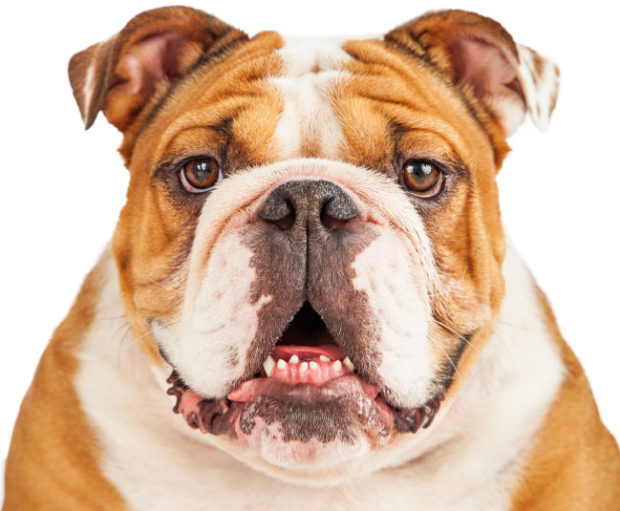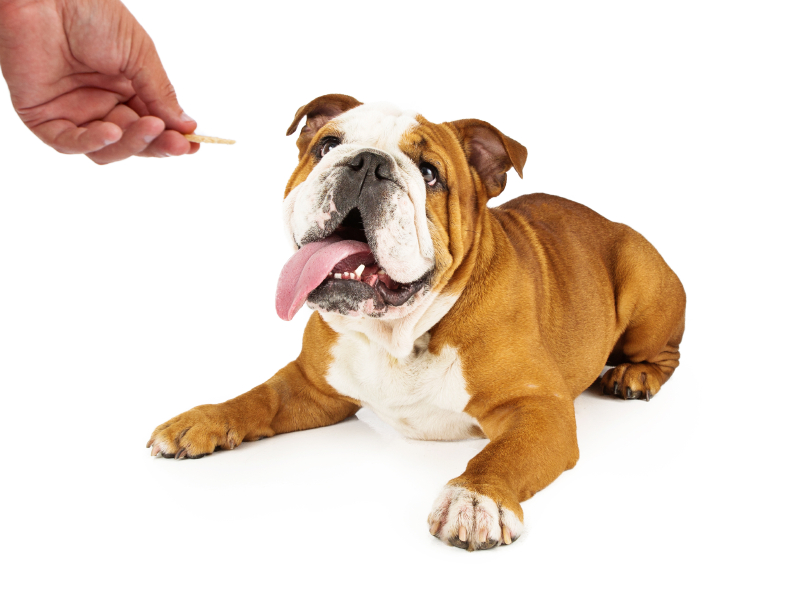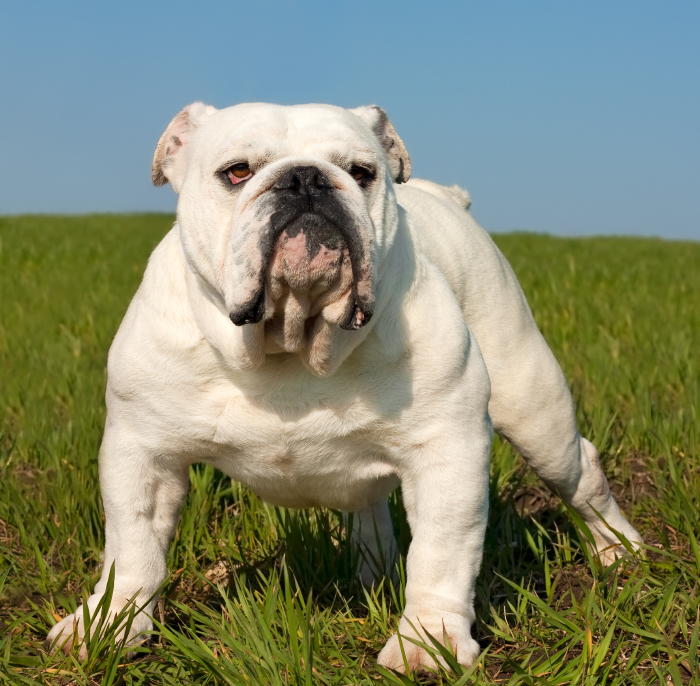
While they are a friendly and gentle dog breed, there are many numerous health concerns for Bulldogs. Hence, pet owners should monitor their health closely and take them to the vet for regular checkups. If you are planning on adopting a Bulldog, contact a reliable breeder and ensure the puppy has been vaccinated and dewormed before you bring it home. Also, ask the breeder for health clearances to certify the furry pal you are bringing home is healthy. Here are a few health concerns for Bulldogs and how you can overcome them:
Brachycephalic Syndrome
This is a condition that is common among short-nosed breeds with short heads and narrow nostrils. Unfortunately, Bulldogs at times find it difficult to breathe because of their short muzzles and noses. The breathing passages in Bulldogs are generally flat and undersized, causing the dog’s airway to become obstructed after vigorous exercise or sessions of heavy breathing. Dogs that suffer from Brachycephalic Syndrome are known to snuffle and snort. Here are some common symptoms of the disease:
- Open mouth breathing
- Resting the chin in an elevated position while sleeping
- Having trouble sleeping
- Excessive heat intolerance
- Choking
- Vomiting
- Cyanosis (a condition where the dog’s skin starts to appear blue due to poor circulation of blood)
- Sleep apnea
If your dog is showing the above symptoms, take him to the vet immediately. The abnormalities can be corrected by surgery.
Prevention
Fortunately, there are a number of ways to prevent this condition:
- Avoid taking your dog out on warm sunny days. To meet their exercise requirements, take your dog for walks early in the morning or during the evening.
- Avoid using collars and opt for harnesses instead to avoid putting pressure on their trachea.
- It is advisable you do not take your on long flights. Dogs that suffer from Brachycephalic Syndrome are likely to die during air travel.
Hip Dysplasia
Like most dog breeds, Bulldogs are susceptible to hip dysplasia. This is a heritable condition that prevents the head of the thighbone from fitting properly in the hip joint. Since Bulldogs naturally have shallow hip joints, they are unlikely to suffer from lameness unless they are highly obese. Pet owners should take special care while feeding Bulldogs as they have a tendency to become obese.
Hip dysplasia may result in inflammation and cause the bone to wear off. Older and obese dogs are most likely to suffer from this disease. If your Bulldog is suffering from this condition, take him to the vet and look into different treatment options before finally agreeing to surgery.
Here are some symptoms of hip dysplasia:
- Stiffness and pain
- Other bone related disorders, such as arthritis
- Inflammation
- Reluctance to move or get up from a sitting position
- Not being able to climb the stairs
- Sudden loss of muscle mass in the thigh
- Enlargement of shoulder muscles
- Lameness
Prevention
Fortunately, there are a number of ways to prevent this condition. Here are a few pointers dog owners should keep in mind:
- Feed your dog a high quality and low calorie diet which is packed with essential nutrients and vitamins. A poor diet can lead to poor bone health, increasing the risk of bone abnormalities in the future.
- Consider feeding your dog dietary supplements for healthier bones and joints.
- If your dog has started to gain an unusual amount of weight, take him to the vet to check for health conditions that might be affecting their body mass.
- While Bulldogs have low exercise requirements, they still need exercise, hence take them out for daily walks.
Dry Eye
Unfortunately, Bulldogs are susceptible to an eye condition known as dry eye. The condition is caused as a result of insufficient tear production. Wipe your dog’s eye with a clean cloth after every few days to prevent eye-related diseases and to wipe away dust and debris.
Some symptoms of this condition include:
- Production of a thick yellow discharge
- Increased scratching around the eye
- Excessive blinking
- Swollen blood vessels
- Irritation
If your dog is suffering from these symptoms, take him to the vet immediately as the disease may result in complete loss of vision.
Prevention
Fortunately, pet owners can prevent this condition by following these instructions:
- Keep the dog’s ear canals clean.
- Wipe the dog’s eye with a clean piece of cloth after every few weeks.
- Have your dog’s eyes checked after every few months.

